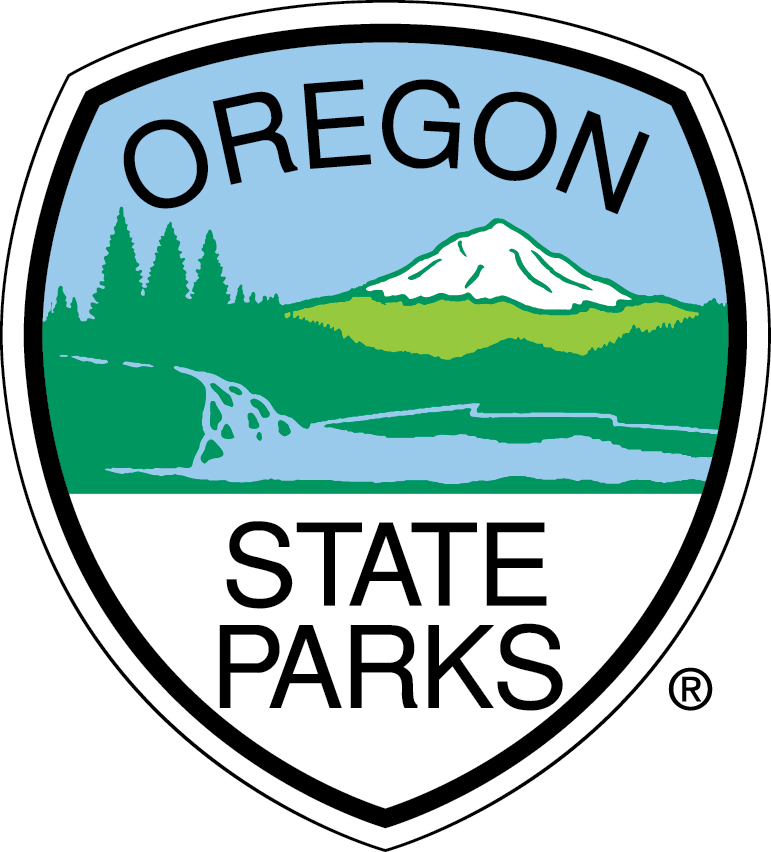Oregon State Parks Is Asking Visitors To Help Keep Emerald Ash Borer Out Of State Parks (Photo) -09/11/24
SALEM, Oregon— Oregon Parks and Recreation Department (OPRD) is asking visitors to help slow the spread of the destructive emerald ash borer by choosing certified heat-treated firewood or firewood harvested within 10 miles of their destination to avoid bringing the invasive insect into state parks.
OPRD also asks visitors to leave any ash, olive and white fringe tree firewood and materials at home.
The invasive emerald ash borer is considered the most destructive forest pest in North America, killing hundreds of millions of ash trees across the country. It has been detected in four Oregon counties: Washington, Yamhill, Marion and Clackamas, prompting a permanent quarantine in those counties.
“So far, emerald ash borer has not been detected in Oregon State Parks, and we would like to keep it that way for as long as possible,” said OPRD’s Natural Resource Coordinator and Ecologist Noel Bacheller.
The invasive insect can only travel about 10 miles on its own during its brief adult life, but humans can spread it hundreds of miles through infested firewood and other tree materials. Once an ash tree is infested, it has little chance of survival even if it’s otherwise healthy. The insect’s larvae consume the inner bark, causing ash trees to decline and eventually die.
The emerald ash borer threatens to wipe out Oregon's ash tree population as it has in other states around the country. But visitors can help slow the spread to protect Oregon’s ash trees and forests for as long as possible.
Slowing the spread will give parks and landowners the chance to respond including underplanting with resistant tree species that can quickly fill in when ash trees decline. It will also soften the impact of the insect on forest health overall.
Help protect Oregon's trees and forests by following these firewood tips:
- Buy firewood local to your campsite: Choose firewood harvested within 10 miles of your destination or buy certified heat-treated firewood. This helps reduce the spread of invasive insects, including emerald ash borer, and diseases.
- Avoid transporting restricted wood: Do not bring ash, olive, or white fringe tree materials into any Oregon State Park even if it’s within the same quarantine area. When in doubt about the tree species, leave it out.
- Stay informed about quarantines and regulations: Learn more at Oregon Department of Agriculture’s website, including proper disposal of ash tree material, and insect and tree identification at the Oregon Invasive Species Council website.
Ash trees grow in riparian areas along rivers, streams and other low-elevation bodies of water in Western Oregon. The loss of ash trees could have a significant impact on riparian ecology including loss of shade, increased water temperatures and decline in fish health.
Learn more about ash trees and the emerald ash borer on our website, including emerald ash borer activity pages with lessons for all ages that show how to recognize and prevent the spread of this invasive insect.

